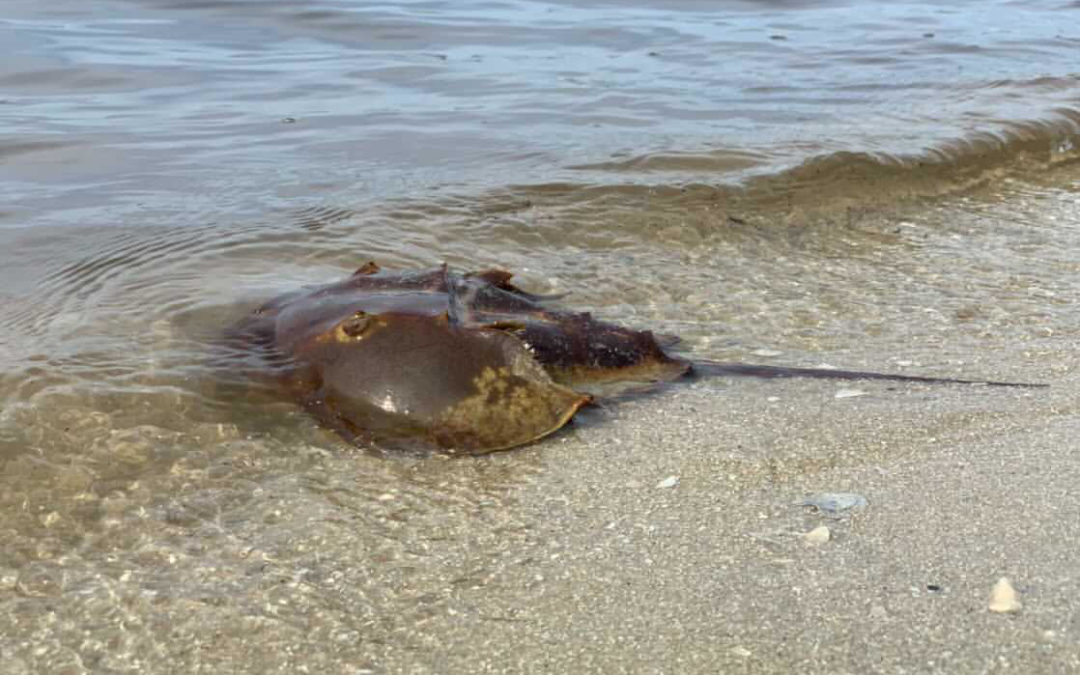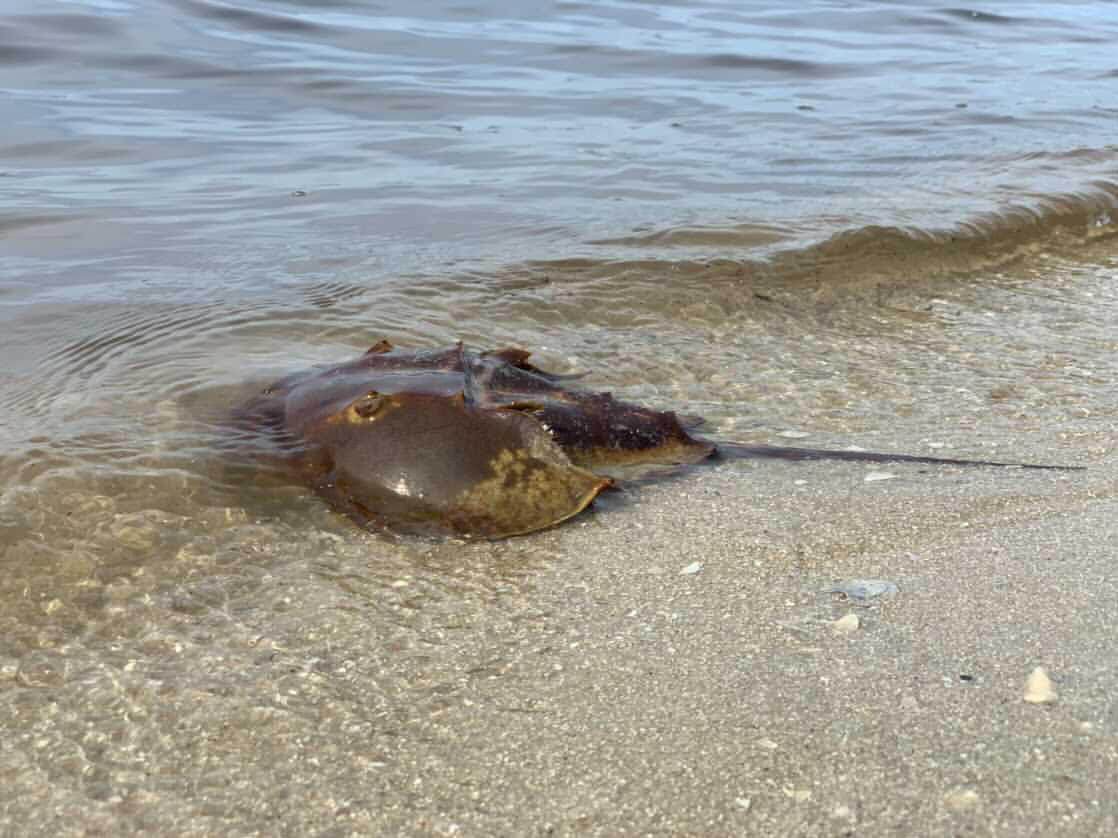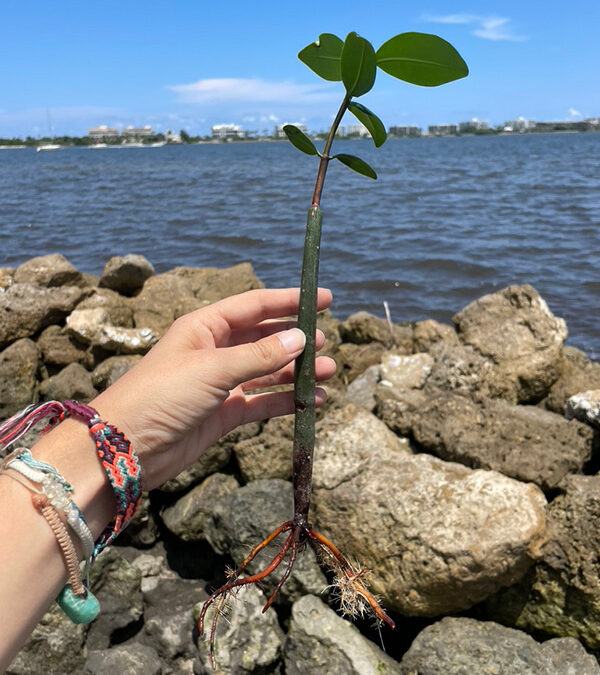
How much are mangroves worth?
It’s no secret that we at Lake Worth Waterkeeper are big mangrove fans.
At least twice a month you can find us and our intrepid volunteers tromping around in our mangrove planters at Jewell Cove and Bryant Park, picking up trash, looking for fiddler crabs, and checking on our mangrove nursery. We love mangroves so much because we understand and appreciate what they do for our human and non-human communities, our mental and physical well-being, and even our economy!
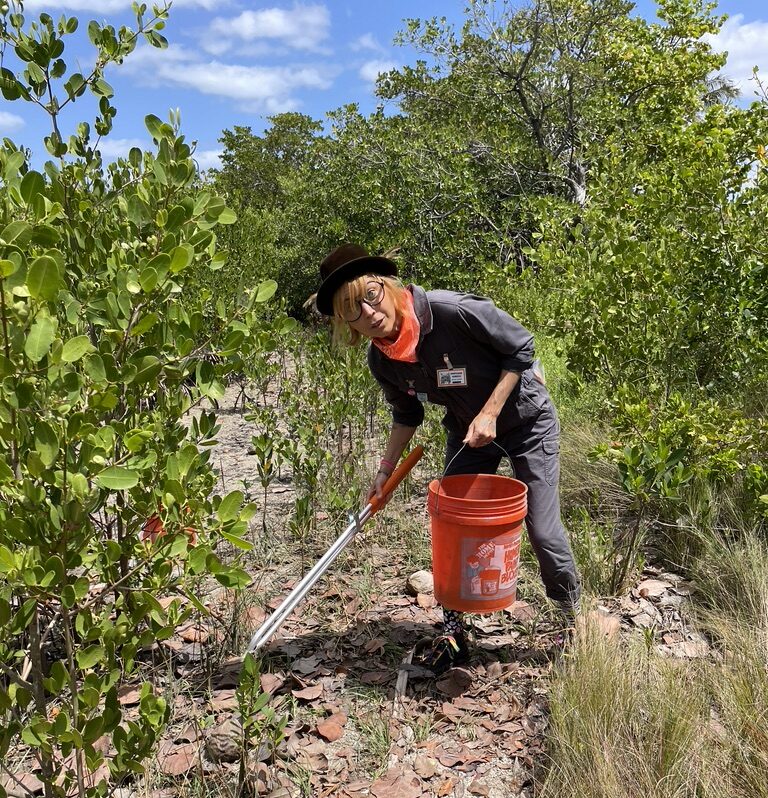
Mangroves are considered a nursery ecosystem, providing food and shelter for hundreds of species of juvenile fish. An estimated 75% of the game fish and 90% of the commercial species in south Florida rely on mangrove systems during at least part of their life cycle.

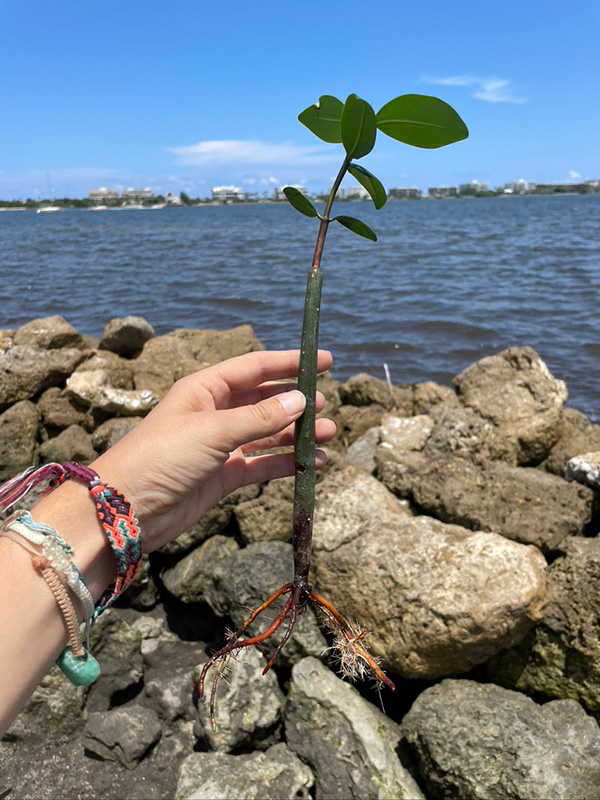
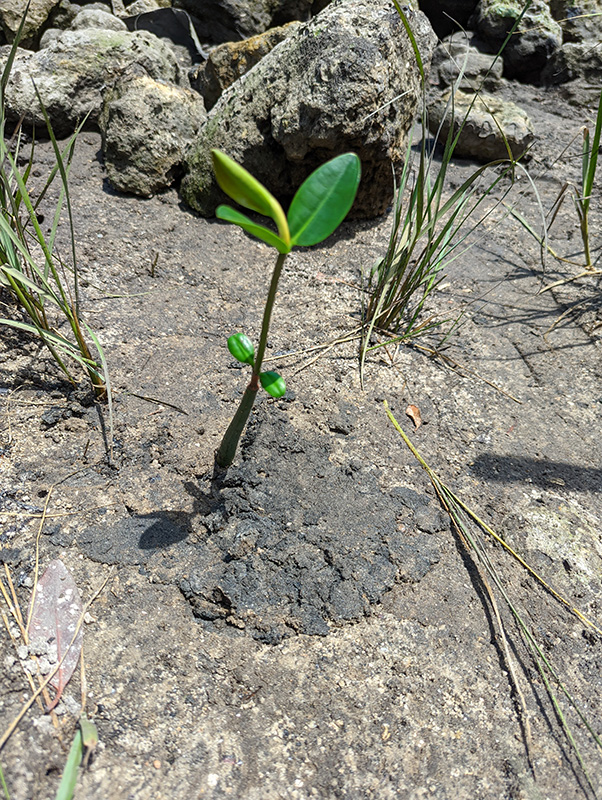
In comparison, the Snook Island restoration project off the Lake Worth Golf Course cost about $18 million, and when Hurricanes Frances and Jeanne hit mid-construction, neither the project, nor the Lake Worth Golf Course shoreline sustained damage.
In areas where those systems have already been lost or degraded, there is a strong economic and ecological case for mangrove restoration. Approximately 70% of the Lake Worth Lagoon shoreline is man-made bulkhead. We have a wonderful opportunity in our communities to invest in living shoreline preservation and restoration. In many cases, protecting and restoring whole mangrove systems has been shown to be less costly than building and maintaining artificial storm protection, and they provide many more ecosystem services, such as habitat creation, than artificial shorelines.

